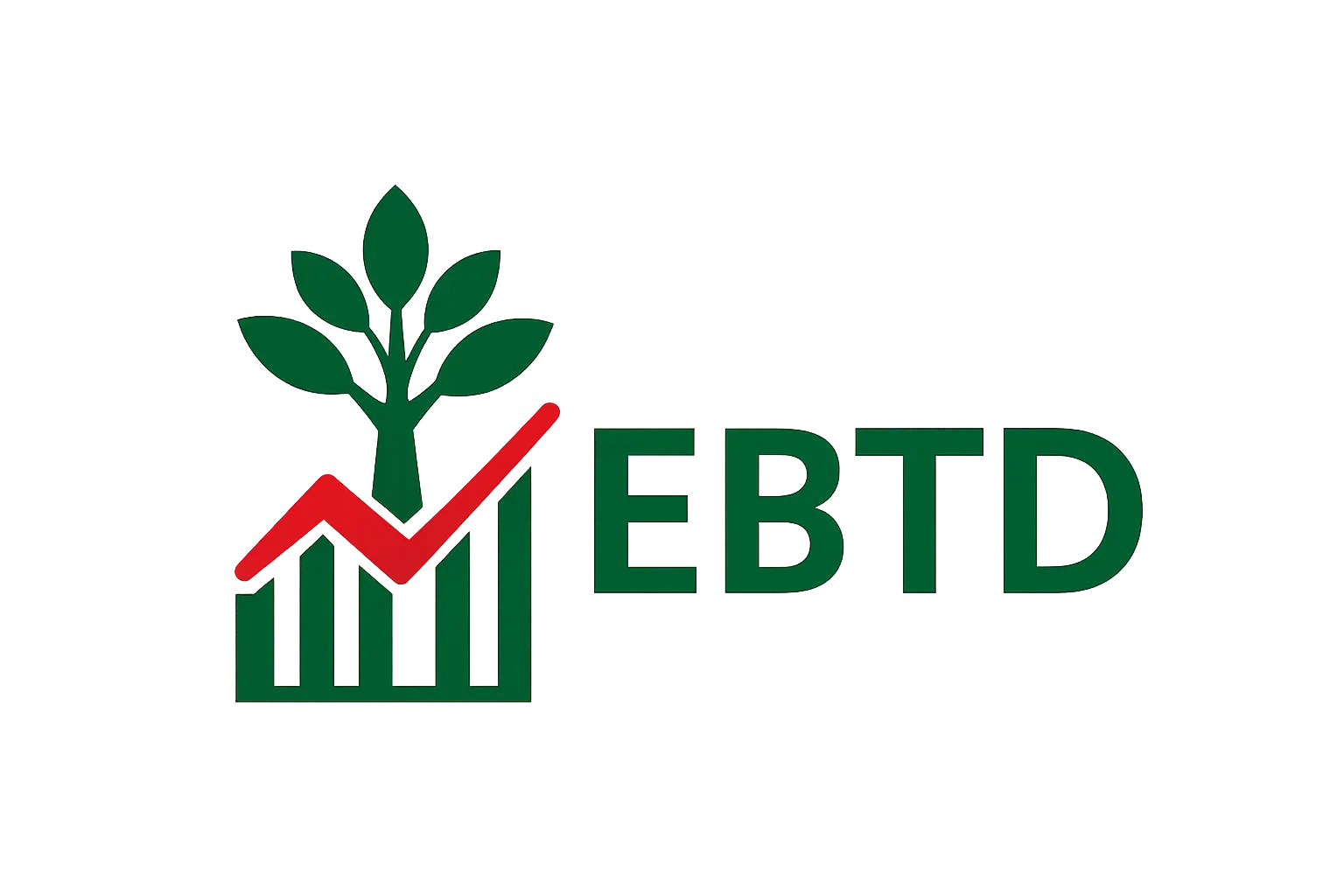
Effective Assessment & Feedback: Making Every Comment Count
Assess for learning, not for workload — align assessment with intentions and deliver feedback pupils actually use.
Assessment should drive learning, not drown you in marking. This course demystifies assessment and feedback, showing how to align them with learning intentions and give comments that make a difference. Grounded in the Education Endowment Foundation’s feedback guidance, you’ll design assessments that inform teaching and provide purposeful written and verbal feedback without over-burdening staff.
What to expect
One-day workshop
Clarify the difference between formative and summative assessment. Explore six recommendations: build a foundation with high-quality instruction and formative assessment; deliver timely, forward-looking feedback; plan how pupils will receive and act on feedback; use written feedback efficiently; give effective verbal feedback; and develop a feedback policy based on these principles.
20-hours online learning
Develop rubrics and success criteria, use digital tools for assessment and feedback, and design a departmental or school feedback policy that prioritises impact over workload.
Key questions
- Are your assessments aligned with what you want pupils to learn?
- Do pupils understand and act on your feedback, or do comments go unread?
- How can you reduce marking time while increasing the impact of your feedback?
How this course will change practice
You’ll shift from marking for the sake of marking to assessing for learning. High-quality instruction and formative assessment reduce the need for extensive corrective feedback. By delivering specific, timely feedback and planning how pupils will use it, you help them close gaps quickly. A clear, research-informed feedback policy ensures consistency and efficiency, improving outcomes while protecting teacher workload.
Designed for Bangladesh classrooms
Adapted for large classes, exam-driven systems and mixed access to technology.
- Low-marking routines (whole-class feedback, coded comments, exemplars)
- Live verbal feedback with pupil response time built into lessons
- Quick-check formative assessments (exit tickets, mini-whiteboard prompts)
- Digital workflows where available; print-first alternatives where not
Continue your development
- Teacher Training in Bangladesh (BD)
- Integrated Teacher Development Award
- Leadership Training Bangladesh
- Tutor Training Programme
Learn how this module fits within EBTD’s teacher training in Bangladesh (BD).
If you found this useful, join the EBTD newsletter for monthly, research-backed tips, free classroom tools, and updates on our training in Bangladesh—no spam, just what helps. Sign up to the newsletter and please share this blog with colleagues or on your social channels so more teachers can benefit. Together we can improve outcomes and change lives.
